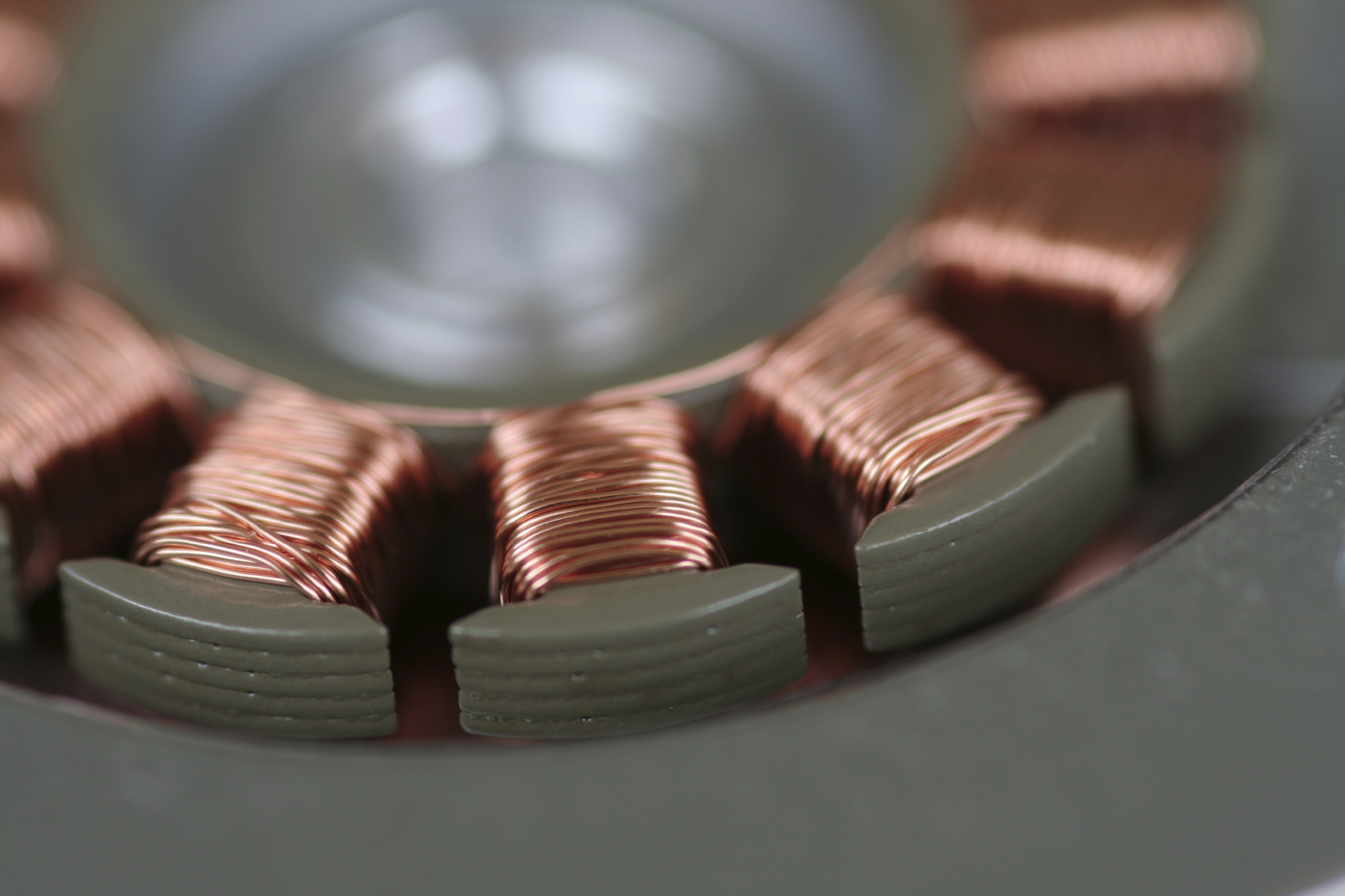Agile Delivery of Electrical Power Technology

Program Description:
Innovation Need:
Around 30% of the electricity used in the U.S. today flows through power converters, and a significant amount of energy is lost when that electricity is modified to a different current or voltage. That's because most power converters are based on decades-old technology and rely on expensive, bulky, and failure-prone components. The U.S. Department of Energy estimates that in 20 years 80% of the electricity used in the U.S. will flow through power converters, so there is a critical need to improve their efficiency. Power converter technology is fairly straightforward. All electronic devices are built to operate with a certain type and amount of electrical energy, but this is often not the same type or amount of electrical energy that comes out of the outlet in your wall. For example, most power lines deliver high-voltage alternating current to homes and businesses, but some computers require low-voltage direct current to operate. Converters in the computer modify the electrical energy to the correct voltage and current. Power stations also use power converters on a larger scale to modify electrical energy so it can be efficiently transmitted over power lines and into homes and buildings.
Potential Impact:
If successful, the innovations developed under the ADEPT program would increase energy efficiency, improve the performance of electrical devices, and accelerate growth of the smart grid, the term used to describe the advanced electrical infrastructure that will replace today's outdated electrical grid.
Security:
ADEPT program innovations could contribute to a smarter, more advanced, and more reliable electrical power grid.
Environment:
More efficient electrical devices could reduce U.S. electricity consumption by up to 30%, and in turn reduce the harmful emissions created by power plants.
Economy:
ADEPT program innovations could help establish U.S. businesses as technical leaders in power electronics, and bring lower power bills and less expensive electronics to American consumers.
Contact
Project Listing
• Case Western Reserve University - Titanium-Alloy Power Capacitor
• Center for Power Electronics Systems (CPES) at Virginia Tech - Integrating High-Density Capacitors to Create Efficient Power Converter
• Center for Power Electronics Systems (CPES) at Virginia Tech - Voltage Regulator Chip
• City University of New York (CUNY) Energy Institute - Metacapacitors for LED Lighting
• Cree - Utility-Scale Silicon Carbide Power Transistors
• General Electric (GE) Global Research - Scalable Thick-Film Magnetics
• GeneSiC Semiconductor - Utility-Scale Silicon Carbide Semiconductor
• Georgia Tech Research Corporation - Compact, Low-Profile Power Converters
• Georgia Tech Research Corporation - Utility-Scale Power Router
• HRL Laboratories - Compact, Interactive Electric Vehicle Charger
• Massachusetts Institute of Technology (MIT) - Advanced Power Electronics for LED Drivers
• Teledyne Scientific & Imaging - Chip-Scale Power Conversion for LED Lighting
• Transphorm - Transistors for Electric Motor Drives
